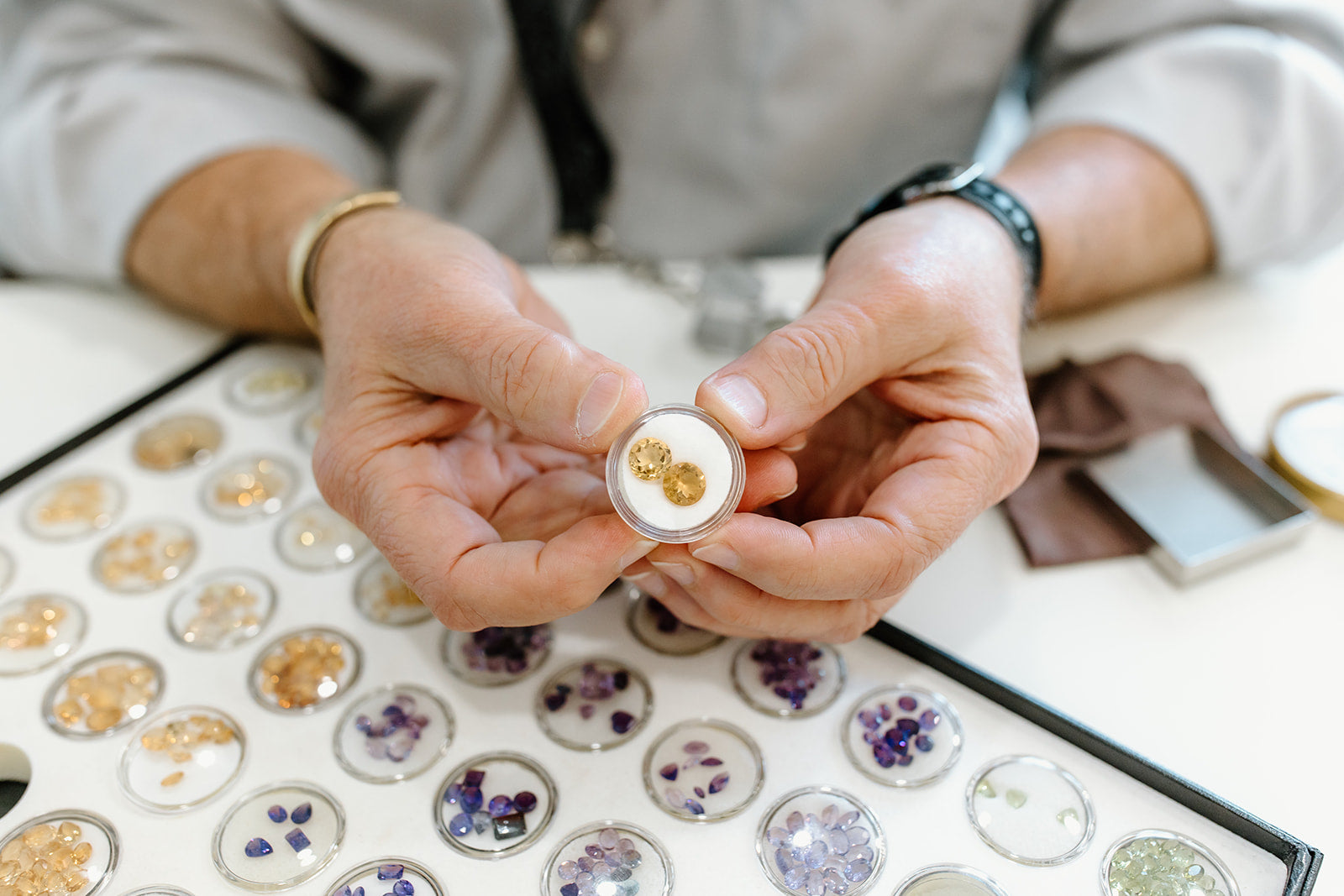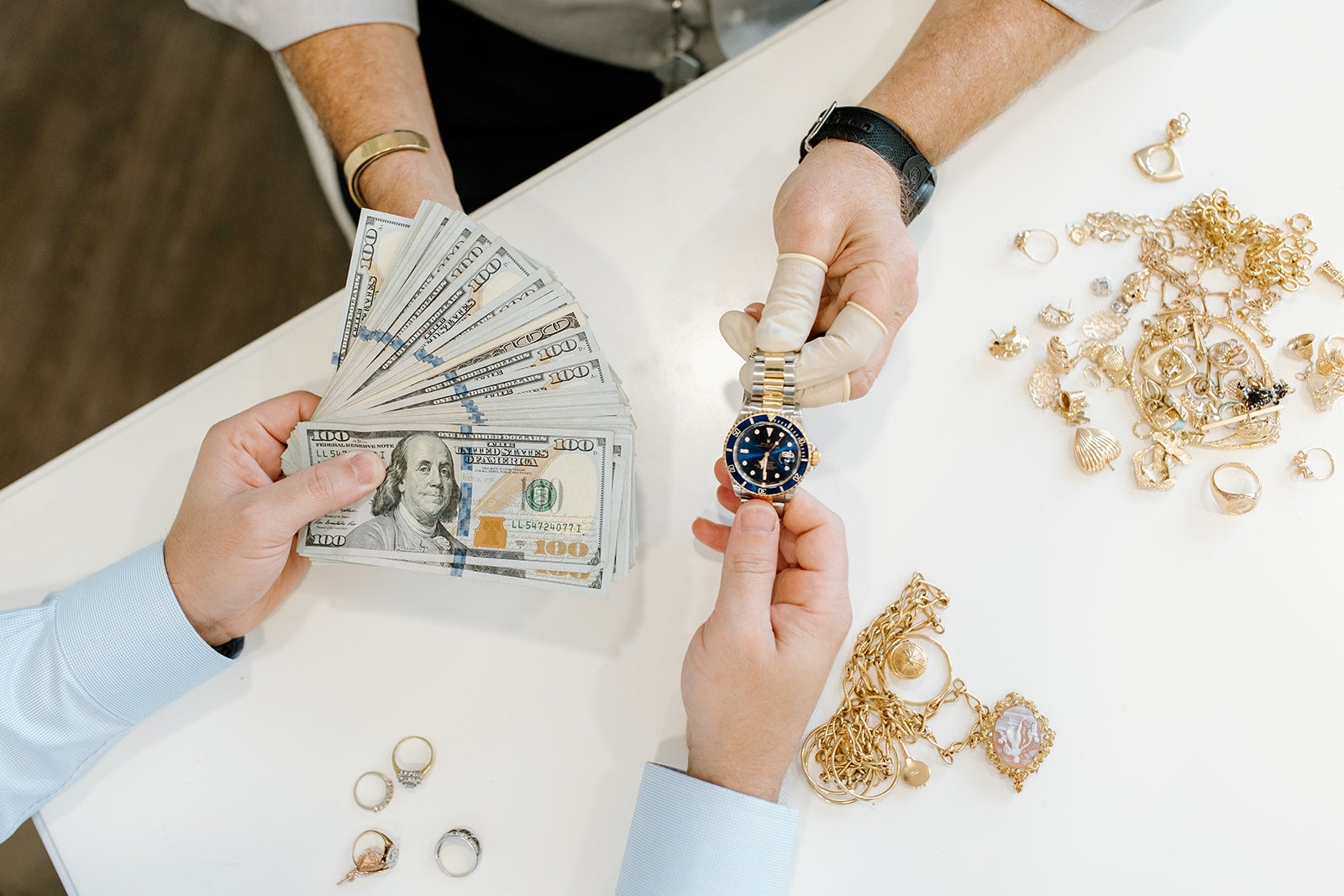
Lab-Grown Diamonds: Just the Facts
The ability to create lab-manufactured gemstones has revolutionized the jewelry industry. While some jewelers have wholly rejected the trend, others have warmly welcomed it. Below are some answers to some of the most commonly asked questions regarding lab-grown gemstones.
Are lab-grown diamonds "real" diamonds? Yes. Lab-grown diamonds have the same chemical composition and visual characteristics as diamonds that are found in a mine. The only difference between the two is their origin.
How are lab-grown diamonds made? Highly developed technology allows gem laboratories to replicate the same conditions in which natural diamonds are formed. Extreme pressure and heat procedures are applied to small carbon seeds. Another method is chemical vapor deposition. This process begins with a single diamond seed. The seed is exposed to gas which contains carbon. The carbon, once vaporized, will attach to the diamond seed and allows a larger diamond to grow. Both manufacturing techniques have substantial costs involved, which factors in to the cost of the diamond.
Can you tell the difference between a lab-grown diamond and a mined diamond? Since lab-grown diamonds and natural diamonds share the same chemical composition, it's only possible to tell the difference using sophisticated equipment. Telling factors that distinguish lab-grown from natural include the crystal growth and trace elements present in the stone.
What are "conflict-free" diamonds? Conflict-free diamonds are ethically mined and distributed, with no ties to financing illegal activities. This term is applied to both lab-grown and natural diamonds. Many people are drawn to lab-grown gemstones due to the assurance that they are not blood diamonds. Canada is a significant source of conflict-free diamonds. Some Canadian suppliers mark the diamonds with a maple leaf or polar bear to certify their identity and ethical sourcing. Today, the bulk of natural diamonds are certified conflict-free through the Kimberley Process. This universal trade organization puts several stringent procedures in place to ensure the ethical distribution of diamonds.
Are lab-grown diamonds less expensive than mined diamonds? Lab-grown diamonds often offer competitive prices against their natural counterparts of similar quality and size.
What are lab-grown diamonds/gemstones worth? There is no simple answer to this question. If you want to sell your lab-grown/synthetic diamond, their value is determined by multiple factors, such as the size and quality of the diamond, as well as the buyer's discretion.
Are gemstone labs able to make other gemstones? Yes. Precious stones such as sapphires, rubies, opals and emeralds can be created in a lab. These stones are often labeled as 'synthetic.' As with lab-grown diamonds, the synthetic and natural stones share the same chemical composition.
Are lab-grown diamonds flawless in terms of stone clarity? Just like natural diamonds, lab-grown diamonds can include minor inclusions or blemishes. Lab-grown diamonds are evaluated and assessed in a similar manner to mined diamonds in terms of clarity, cut, color and carat weight.
What is a diamond simulant? Cubic zirconia and moissanite are visually similar to diamonds; however, they are not comprised of crystallized carbon. Since simulants do not share the same chemical composition of natural or lab-grown diamonds, they are often less expensive. Unlike lab-grown diamonds, simulants can be told apart from a mined diamond by a trained eye.

